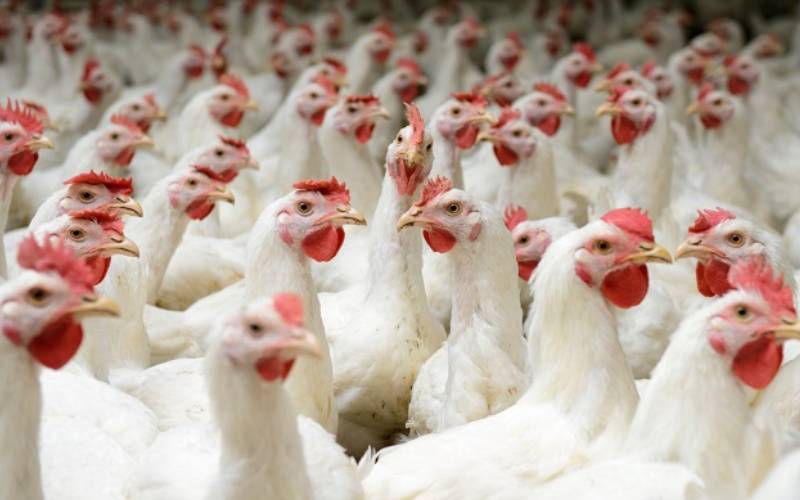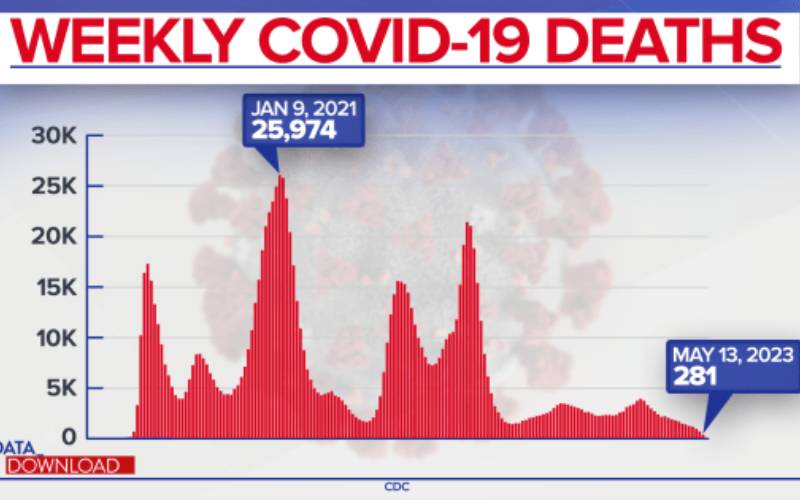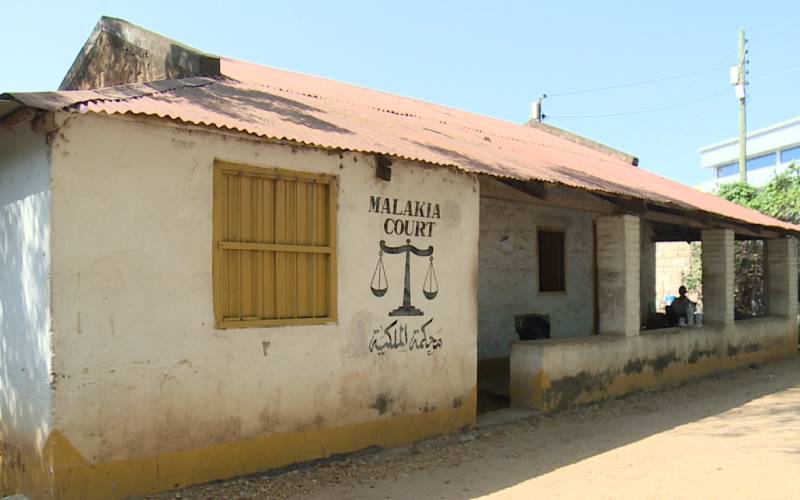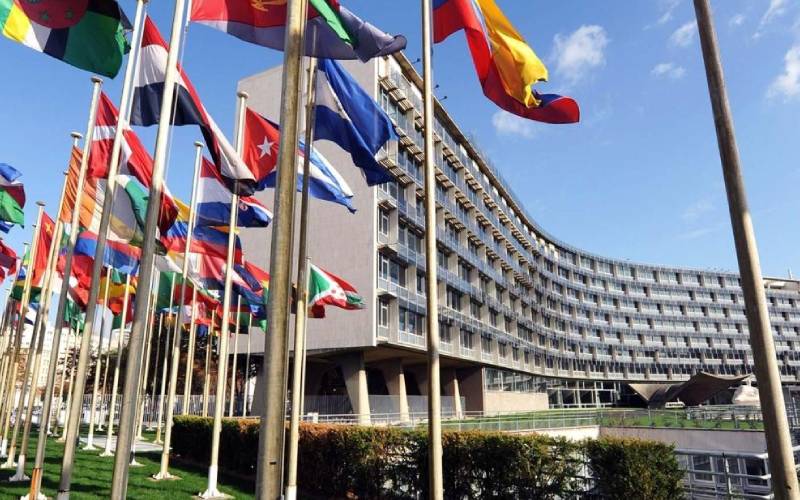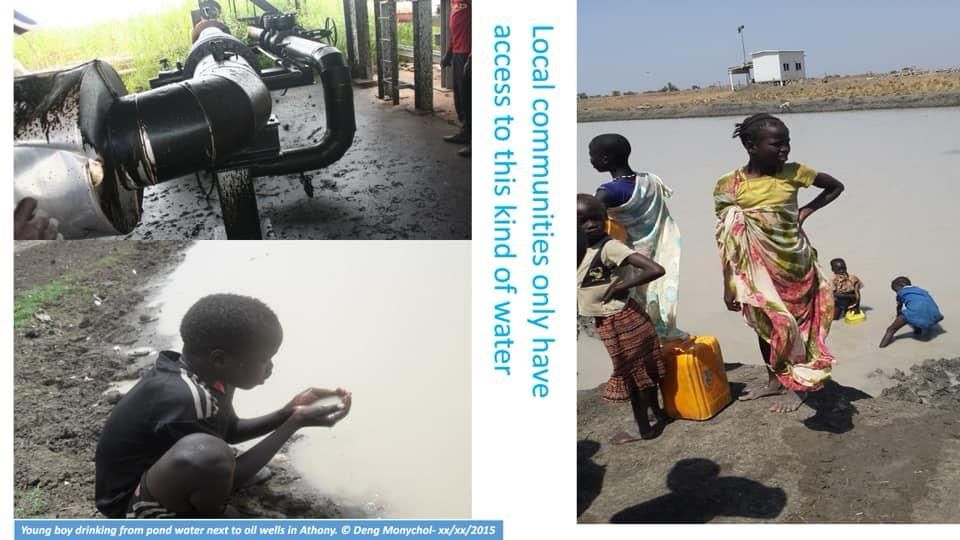South Africa's Ministry of Agriculture has announced that it will begin vaccinating poultry against Avian Influenza in order to reduce the likelihood of a pathogenic outbreak of the disease.
Avian Influenza, also referred to as Bird Flu, is a viral infection that impacts birds, animals, and even humans. The H5 subtypes of influenza A are known to cause either mild or severe respiratory issues, as well as pink eye in humans.
A statement issued by South Africa’s Ministry of Agriculture, stated that the vaccination initiative will kick off with 200,000 broiler poultry, which represents about 5 percent of the overall breeding stock, with an estimated cost of R35 million.
“The vaccination campaign will begin with 200,000 broiler breeders, representing approximately 5% of Astral’s total breeding stock, valued at an estimated R35 million,” a statement issued by the Ministry partly reads.
John Steenhuisen, South Africa's Minister of Agriculture praised this initiative as a critical step toward ensuring food security and the livelihoods of thousands of South Africans.
In 2023, South Africa saw sporadic instances of clade 2.3.4.4b H5N1 high-pathogenicity avian influenza (HPAI) among coastal seabirds and poultry.
Environmental monitoring identified that various H5Nx, H7Nx, H9Nx, H11Nx, H6N2, and H12N2 subtypes circulated among wild birds and ostriches in 2023, with H5Nx being the most prevalent.
Genome sequencing and phylogenetic studies of the confirmed H5N1 HPAI cases revealed that only two of the fifteen sub-genotypes present in South Africa during 2021–2022 continued to exist in 2023.
The SA13 sub-genotype remained confined to coastal seabirds, with accelerated mutations noted in the neuraminidase protein. The SA15 sub-genotype was responsible for chicken outbreaks; however, incidents in the Paardeberg and George regions of the Western Cape province, as well as the Camperdown area in KwaZulu-Natal province, were unrelated, suggesting wild birds as the source.
All SA15 viruses displayed a truncation in the PB1-F2 gene, while in Western Cape SA15 chicken viruses, PA-X was potentially expressed as a new isoform with an addition of eight amino acids. South African clade 2.3.4.4b H5N1 viruses showed fewer markers of virulence and pathogenicity compared to European strains, which may explain why there has been no spillover to mammals in the region thus far.
